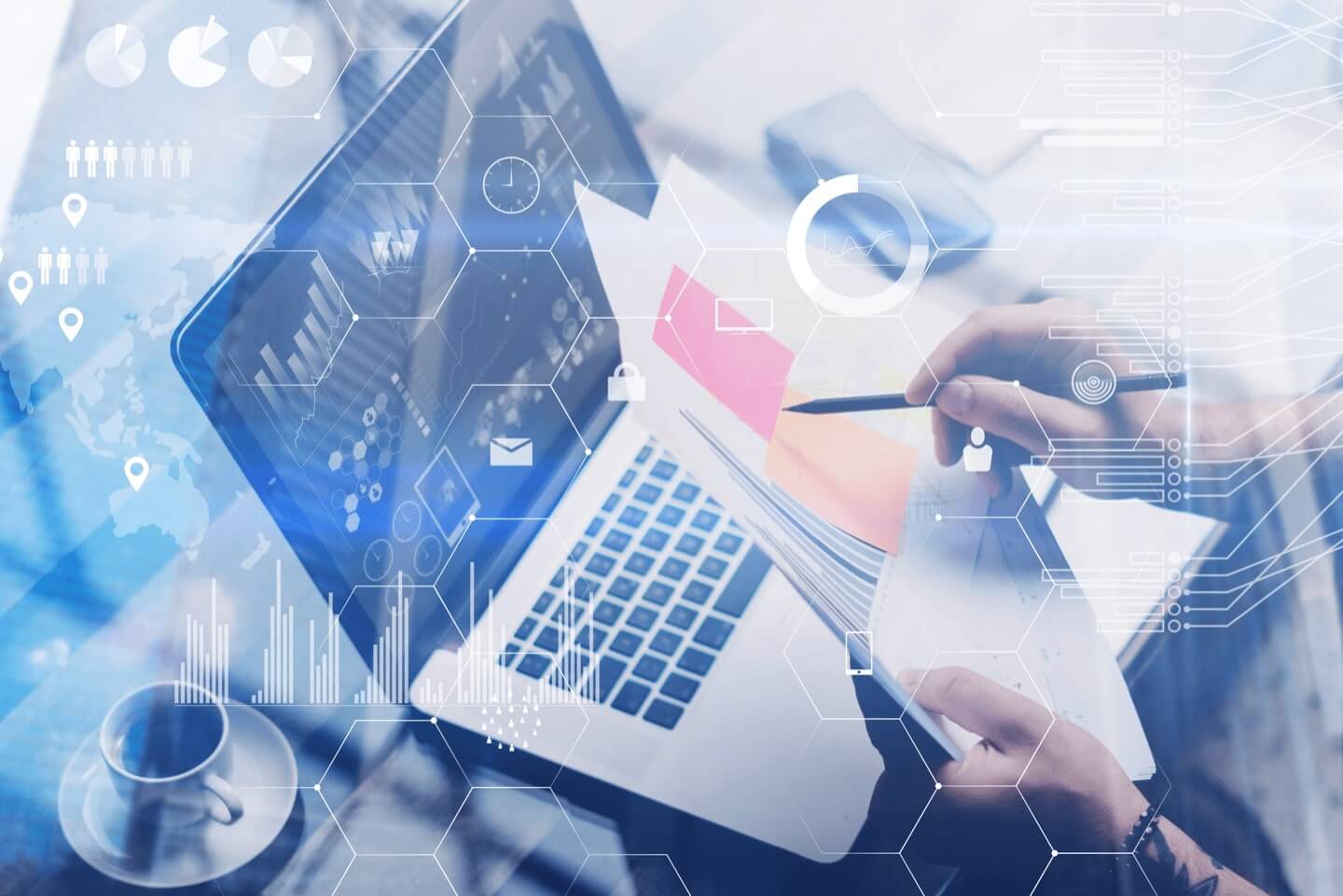The Internet of Things is a newly discovered technology that has rapidly entered the world of business and seized it. According to Gartner, in 2019 alone, 14.2 billion connected things were used, and by 2025 this number is estimated to rise to 25 billion connected things. This shows that the mass adoption of IoT applications has not only proved their usefulness but has become one of the proliferating trends in the advance of information technologies. Today we will tell you about IoT Analytics.
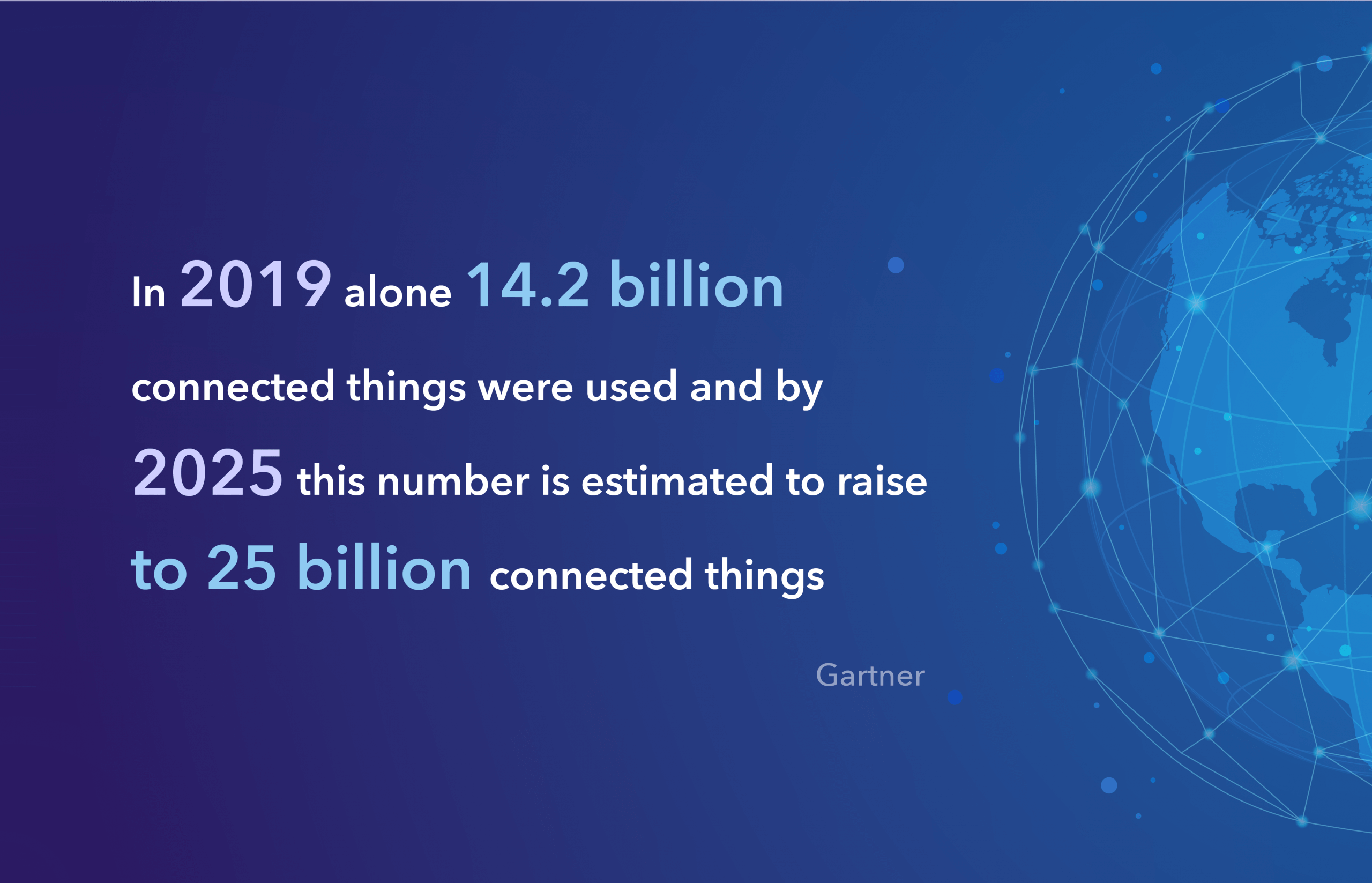
The Internet of Things (or The Internet of Everything,) which we have already discussed in our previous article, primarily refers to the network of interrelated objects, devices, and sensors. In this network, devices are able to interact with each other and exchange huge sets of data over the internet. In essence, it makes everybody and everything connected – from consumers in sensor-powered environments to large enterprises leveraging this technology.
The MarketsandMarkets reports that by 2022 the overall IoT market size is expected to grow from USD 170.57 billion in 2017 to USD 561.04 billion, at a CAGR of 26.9%.
IoT Apps Analytics
With the advent of affordable sensors and low-cost connectivity, IoT applications have started to easily generate huge amounts of useful data. However, the data volume is sometimes so large and complex that it is difficult to make sense of it. Therefore, data analytics, which is based on Artificial Intelligence (AI) systems and uses Machine Learning (ML) techniques, is a must-have for IoT applications. Cloud services such as AWS/Azure IoT open enormous possibilities for effective IoT analytics processing. Data analytics is a powerful tool helping companies to make informed decisions, prevent losses, and forecast results.
Types of IoT Analytics
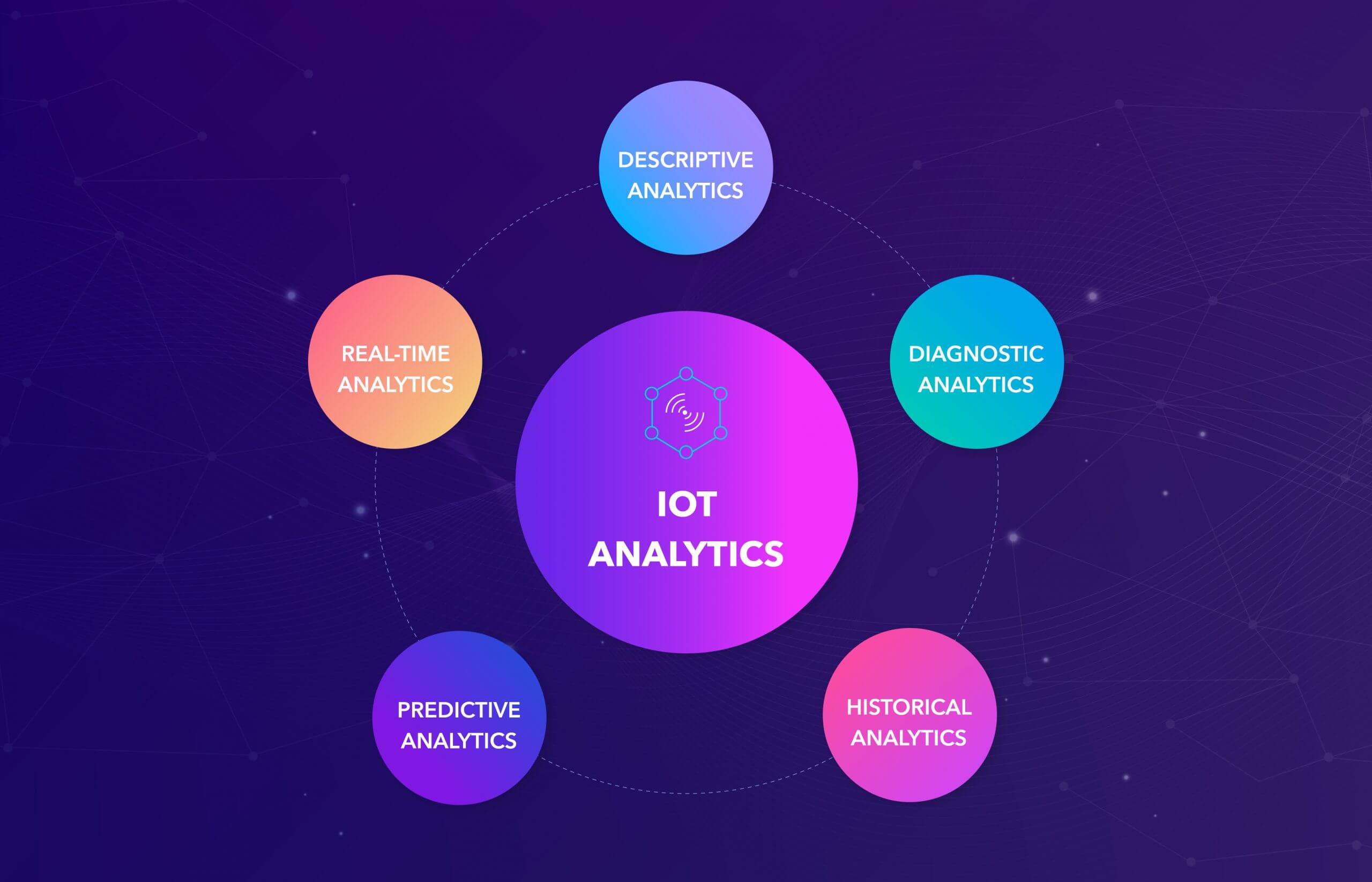
1. Real-time Analytics
Real-time analytics refers to the automatic data analysis of information collected from various sensors done by AI-driven systems in real time. It allows companies to keep track of various company processes as well as immediately respond to potential failures.
2. Descriptive Analytics
Descriptive analytics is focused on the current situation and is based on the monitoring of IoT devices, operational processes, and asset conditions. Analytics ensures that everything goes according to the plan, sending notifications to users of IoT applications in case of anomalies. Mostly, descriptive analytics can provide information to IoT dashboards that are filled with graphs, charts, maps, and tables. It helps to easily visualize and display all the data received from IoT devices.
3. Diagnostic Analytics
Diagnostic analytics identifies inefficient areas and core problems and makes recommendations on how to fix or avoid them. A steady stream of real-time data and IoT dashboards allow company executives to rapidly react to occurred changes or problems and make well-informed decisions.
4. Predictive Analytics
Using IoT app analytics allows companies to make more accurate predictions and drive improved performances. Predictive Analytics-powered systems analyze huge amounts of data from various sources inside and outside the organization. It allows for making forecasts based on the analyzed information.
5. Historical Analytics
Historical analytics is focused on analyzing stored data from the past to identify particular trends, correlations, and patterns that may provide valuable insights into company performance. Its application to real-time parameters helps to detect tendencies and forecast conditions and events that may occur at a specific time.
Applications of IoT App Analytics
IoT data analytics can serve many purposes and goals. Its applications have many usage options, starting from forecasting customer needs and ending with monitoring employee safety gear. Below we list the most relevant and useful applications of IoT analytics in some industries.
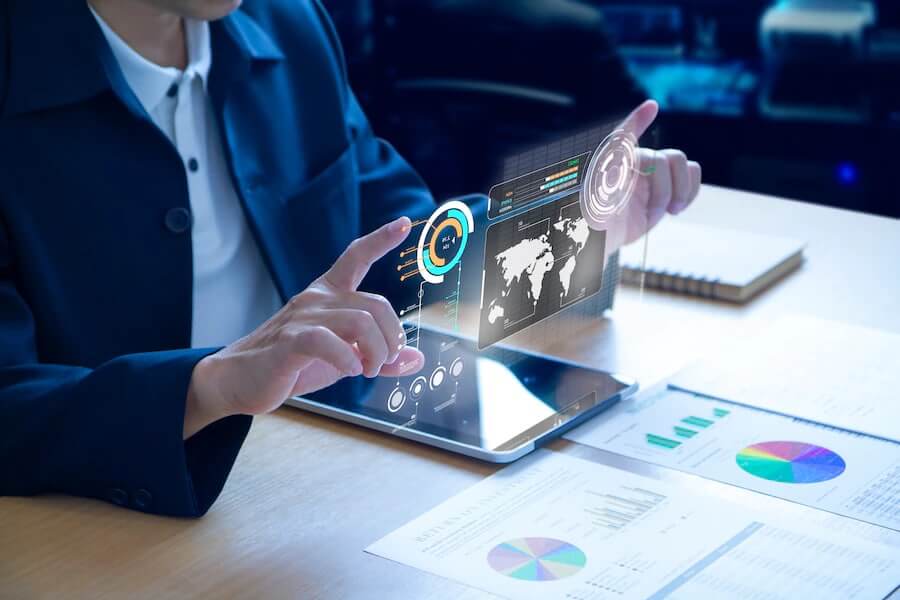
Product Usage Analysis for Marketing
With IoT analytics ability to process and analyze huge amounts of data, IoT technology can significantly boost the marketing and sales field in many ways. Firstly, IoT technology, on par with data analytics, is able to anticipate customer needs, forecasting trends based on product usage and reviews. Secondly, product usage analysis can help companies to deliver new value-added services that may be appealing to their clients. Finally, if an analytics system, based on data captured from various sources, identifies that a client is about to leave, it can set more flexible prices, discounts, or more attractive subscription models. Embedding IoT app analytics, marketing can provide more personalized services, enabling users to get a better experience.
Real-time Maintenance for Manufacturing
With IoT data analytics, manufacturing companies improve production efficiency by leveraging automatic real-time maintenance. A data analytics system processes data from embedded equipment, identifying certain patterns and sending notifications if an anomaly is revealed. Companies from all kinds of manufacturing industries can significantly proliferate from IoT app analytics. It will be able to gain a better understanding of the input, output, and real-time performances of their ecosystems.
Video Analytics for Surveillance
Compared with traditional circuit closed cameras, surveillance based on video analytics is able to more effectively prevent crimes and accidents, and therefore, it is gaining more and more traction. Embedded with smart sensors, surveillance can gather multiple images, videos, and record footage, which IoT app analytics can process and analyze in real time.
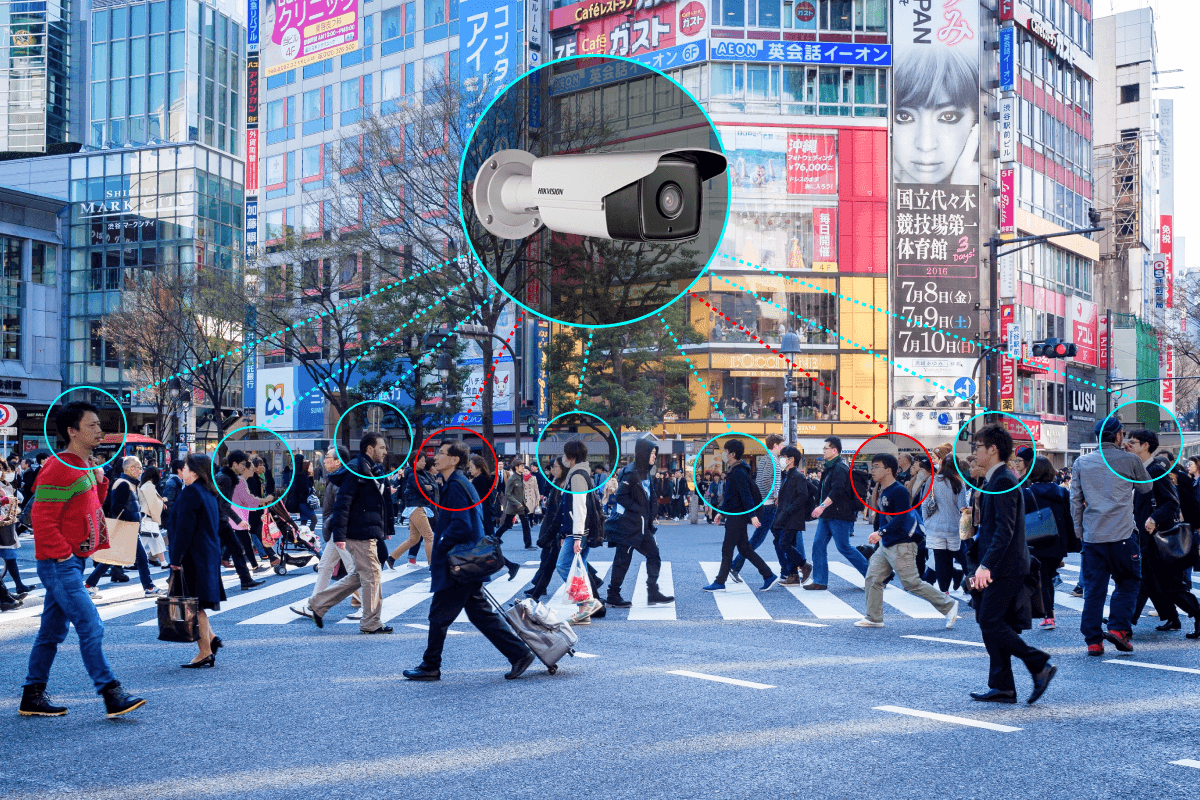
IoT-based video analytics is a useful tool in a wide range of industries, such as construction security, critical infrastructure, manufacturing, healthcare, as well as a commercial business.
The last one, for example, can use video analytics to get a better insight into customer habits and preferences. The EHS area can also benefit from real-time video analysis and machine learning as IoT-based video systems are able to monitor employee safety gear, track entry and exit to the working environment, and assess the suitability of workers’ personal protective equipment (PPE).
For Healthcare Equipment
Over recent years, with the rapid evolution of IoT technology and connected medical devices, IoT-powered data analytics has successfully penetrated the sphere of healthcare. As IoT healthcare devices and equipment provide necessary data for analytical technology, AI-based systems can visualize all the collected and processed data on an app dashboard or display the way it is understandable for a user. Moreover, if the system identifies an anomaly, for instance, high blood pressure, while health monitoring a patient, it automatically provides alerts and initiates a response from healthcare experts.
For Smart Transportation
By connecting IoT devices and intelligently analyzing data, the transportation industry can considerably increase safety, more effectively manage congestion, and enhance the customer experience. When tracking vehicles, IoT app users can digitally model fleet operations, increase driver safety, enhance fuel efficiency, and avoid traffic jams. Furthermore, IoT data analytics helps users better understand ridership patterns to reduce congestion and improve transport schedules.
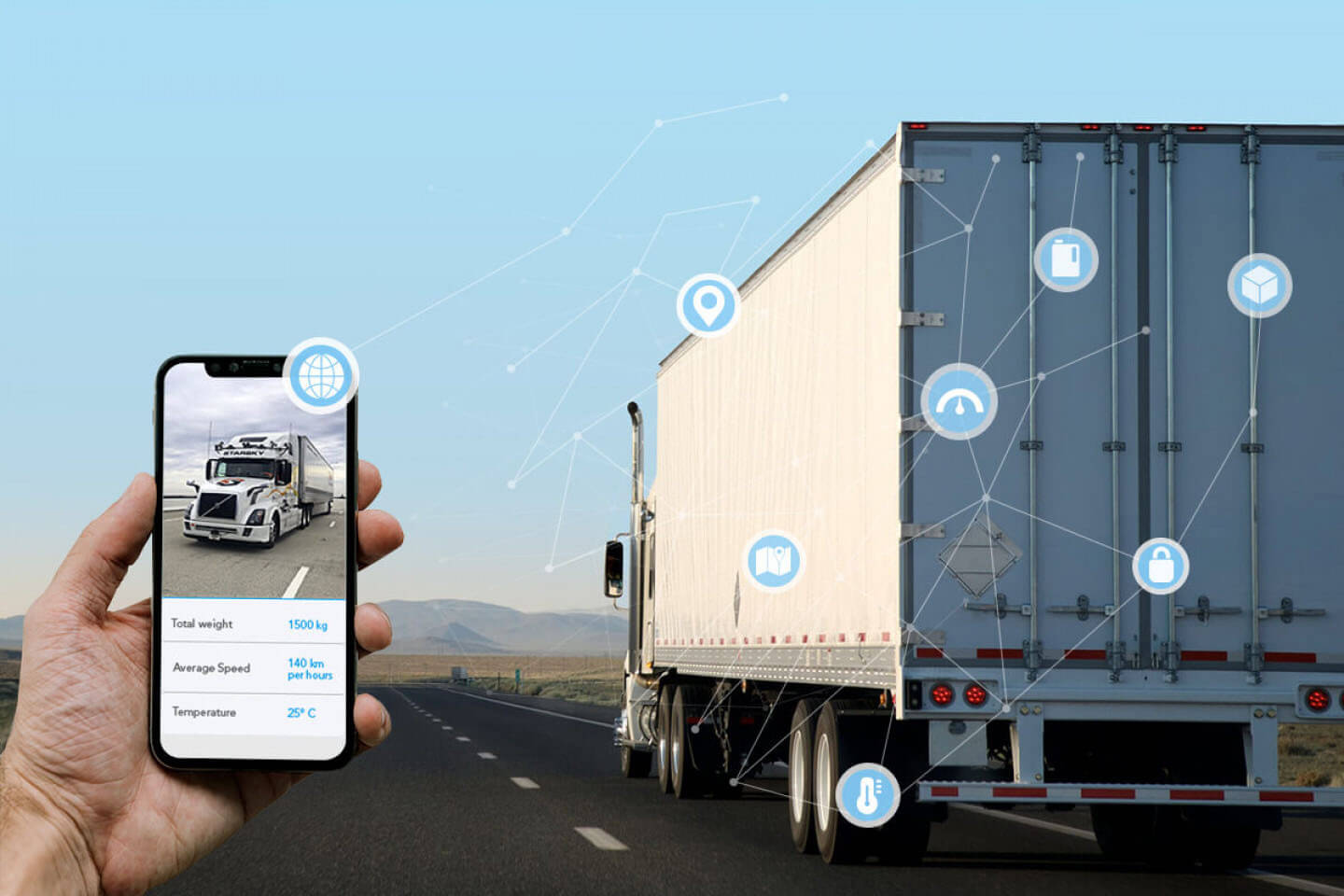
Final Word
IoT technology is a powerful tool for many businesses and industries. By connecting things, processes, and users, it simplifies many operational processes, thus improving overall productivity. An indispensable component of every IoT application is data analytics based on processing and analyzing large amounts of data. The data received literally from thousands of connected devices. Be it healthcare or the manufacturing industry, IoT app analytics can streamline business efficiency and operational productivity. Additionally, smart visualization of collected data helps companies make more informed decisions, enhance user experience and develop better business strategies.


